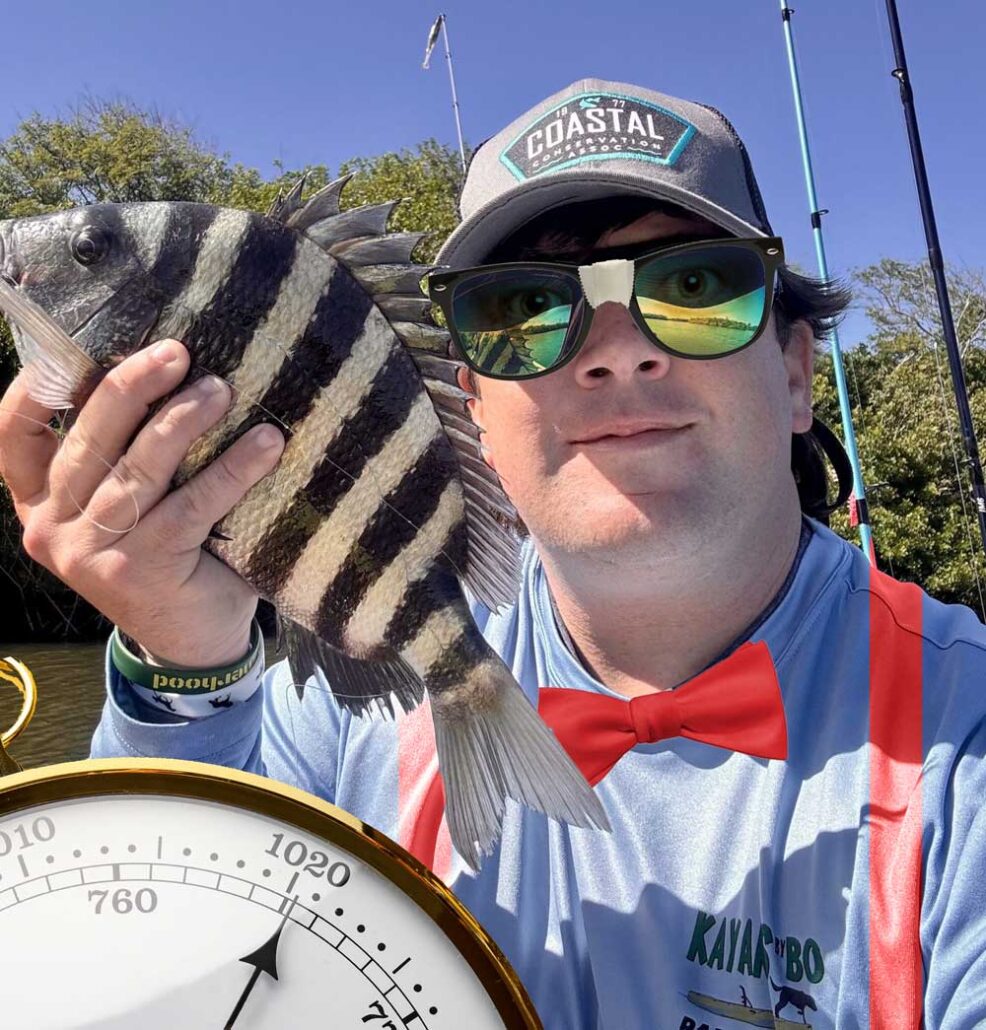
Knox Robinson — cool-guy football coach, fishing phenom, and super nerd, explains how barometric pressure impacts fishing.
Happy Monday Spacefish!
So we’ve been experiencing that classic late winter-early spring transition weather. This is the type of weather that has caused me to struggle in the past. But as I continue to gain experience fishing on the Space Coast, and spending some time trying to understand winds, weather, and pressure, I have been able to go out and find more consistency getting on a good bite. Maybe not always great fishing, but the ability to get tight lines on tough days goes a long way to the psychological morale of an angler. There is nothing worse than grinding for hours to come home empty handed.
During this time of year in the inshore fishery of East Central Florida we’re going up against three factors that can make or break an outing… wind, temperature, and barometric pressure
How Barometric Pressure Affects Fishing
So let me start by explaining what barometric pressure is. It is the measurement of how much air pressure is in the atmosphere at a specific location on Earth. It’s also known as atmospheric pressure; and yes, it is very important to fishing. High barometric pressure in Florida is typically caused by the movement of a high-pressure system, where cool, dense air descends from the upper atmosphere, leading to a greater concentration of air molecules at the surface and therefore higher pressure; this usually results in clear skies and dry weather conditions. These are the conditions many anglers refer to as “bluebird days” when the sky is bright blue, and there is little to no cloud cover. Usually they are great days to be outside, but make for much tougher fishing conditions.
Barometric pressure primarily affects fish by impacting their swim bladders, causing discomfort when pressure changes, leading to altered behavior like moving to different depths in the water column depending on whether the pressure is rising or falling; generally, fish become less active and feed less when pressure is rapidly changing or very high, often seeking deeper water to alleviate discomfort in their swim bladders.
Fish are susceptible to swim bladder sensitivity. They have a gas-filled swim bladder that helps them maintain buoyancy, making it highly sensitive to pressure changes. When the barometric pressure is low, fish generally become more active and aggressive, often moving to shallower waters and feeding more readily due to the anticipation of a weather change associated with the low pressure system; this is considered a prime time for fishing as they are more likely to strike at bait.
Conversely, when the barometric pressure is high, fish tend to become less active, often moving to deeper waters or seeking shelter near structures like rocks or docks, as the increased pressure can make them sluggish and less likely to bite; essentially, they become more lethargic and may feed less actively compared to lower pressure conditions.
Rapid pressure changes can have major impacts on fish behavior. The most significant impact on fish behavior often occurs when pressure changes rapidly, like before a storm, which can trigger increased feeding activity as fish anticipate changing conditions.
How To Check the Barometric Pressure
So first off, let’s clarify what is considered low pressure, and what is considered to be high pressure. Barometric pressure readings above 30.2 inHg are considered high, while readings below 29.8 inHg are considered low. A normal reading is between 29.8 and 30.2 inHg.
You can look at the current barometric pressure in your area, using the “Weather” app on your phone. But other good fishing apps that you’d have to pay for will more than likely have the barometric pressure; my go to app for pre-trip planning and on the water intel is the Salt Strong Smart Tides App – it’s a one stop shop for all of the info I need; such as wind, depth, launch spots, etc. But if you just need the pressure, then your phone likely has the weather app, and you will be able to look at today’s barometric pressure, as well as projections of upcoming days.
Game Planning for Pressure
So I have tried to boil down a simple game plan for fishing on high pressure days. This has been pretty consistent across freshwater, and inshore saltwater. Barometric pressure has pretty much the same effect on fish no matter the salinity.
- Fish deeper: High pressure often causes fish to move to deeper water. Not just the predatory targeted fish, but the bait fish too. The whole food chain is likely to move into deeper water.
- Slow down your presentation: Fish tend to be less active during high pressure, so slowing down your presentation can be effective. Make sure to keep contact with the bottom as much as possible.
- Downsized/Natural Presentations: Fish tend to be less active, they also become more finicky, and picky. Going with a smaller presentation is going to lead to more bites, but also opting for more natural colors and natural presentations is going to lead to more bites.
Recently for me the Baby Vudu Shrimp in the natural color has brought me tight lines inshore fishing during high pressure. The last time I went out Bass fishing on a day of high barometric pressure the Fish, or Die Warbird in the Bluegill color pattern and a Watermelon Red Senko Worm on a Wacky Rig is what helped me to generate bites, as well as the Marsh Monkeys Downsized Jig bounced off the bottom.
If you are a natural bait person, these would be better times to natural bait it up too. I have spoken with some local anglers recently that fish exclusively with natural bait, and I have been told that cast netting mullet and cutting them into chunks can be a better cold front and high pressure tactic than a live mullet. Which I was initially surprised to hear, but factoring in the effects of cold fronts and high pressure on fish, it makes sense.
MCC Anglers Club
So over the past year or so I have sponsored a fishing club at Melbourne Central Catholic. The MCC Anglers Club – I started an instagram page @centralcatholic_anglers if you have instagram, give us a follow!
This past week we got outside and did some casting work. Flipping, Pitching, and tough angle casting for the advanced anglers; how-to casting for the beginners. We meet regularly and go over fishing spots, tactics etc. We learn knots, tie rigs, go over rigging baits, and next week one of our advanced anglers, Luke, is going to bring in his cast net and show us how it is done.
One of the cool things about being a teacher, coach, and club sponsor at MCC is that we don’t fund-raise. We get an allotment from the school’s overall budget. My work in the anglers club involves me bringing in a lot of gear. The better the school is doing financially, the more money can be allotted to our young anglers. In the past year we have had several young anglers catch their first Tarpon, get that slot/over-slot PB Snook, get better at targeting largemouth, or just show up having never fished before, and caught their first fish.
MCC Anglers — Eric, Dyllan and Luke — pictured above with some big time catches!
View this profile on Instagram
It really has been an awesome experience to do a school fishing club; I have enjoyed it more than the students. Below I am dropping a link to MCC’s annual day of giving, which is Tuesday. MCC is a great school, and the more money we bring in through donors the better opportunities through education, and extracurriculars can be provided for our students, as well as creating more opportunities for students to receive financial aid to make a great Catholic based, private education possible for students regardless of income. If you find it in your heart to give something this week to support our students, and our school, just know it is going to a great cause, and we really appreciate the support. From the bottom of my heart, thank you!
https://www.melbournecc.org/invest/giving-day
Conclusion
It may not be visible to the naked eye, but barometric pressure is the monster that lurks in the atmosphere that can make or break a day of fishing. The better we understand it, the better chances we have of getting bit, and getting those tight lines we all seek. Thank you for taking the time to read my report, and thank you to Kayaks By Bo for benign our Official Paddle Partner and supporting the work we do here on Spacefish. If you are in the market for anything in the world of kayak fishing or paddle sports, make sure to stop by Kayaks By Bo in Cocoa!
Stay safe, be happy, and catch lots of fish! Until next time!

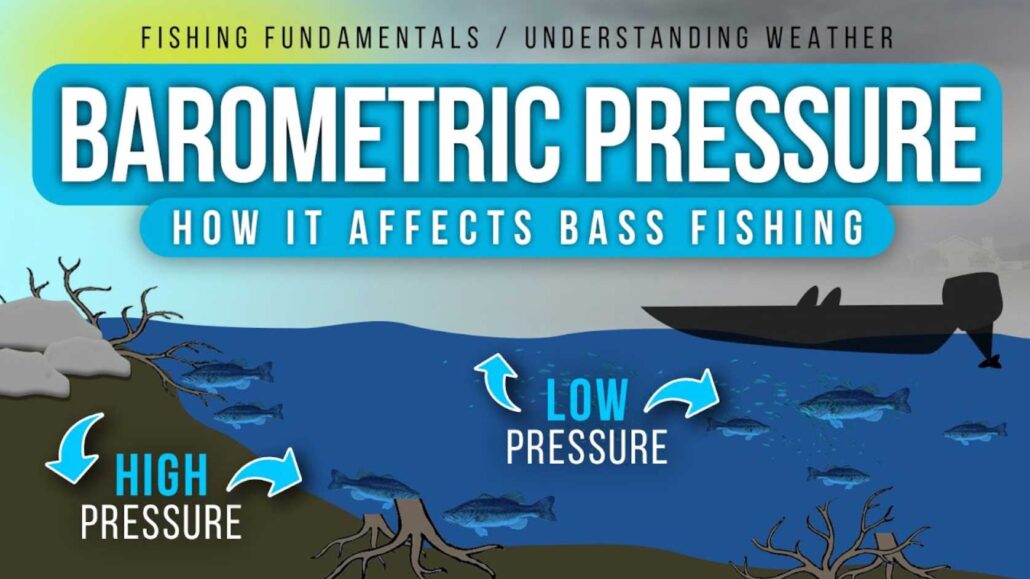
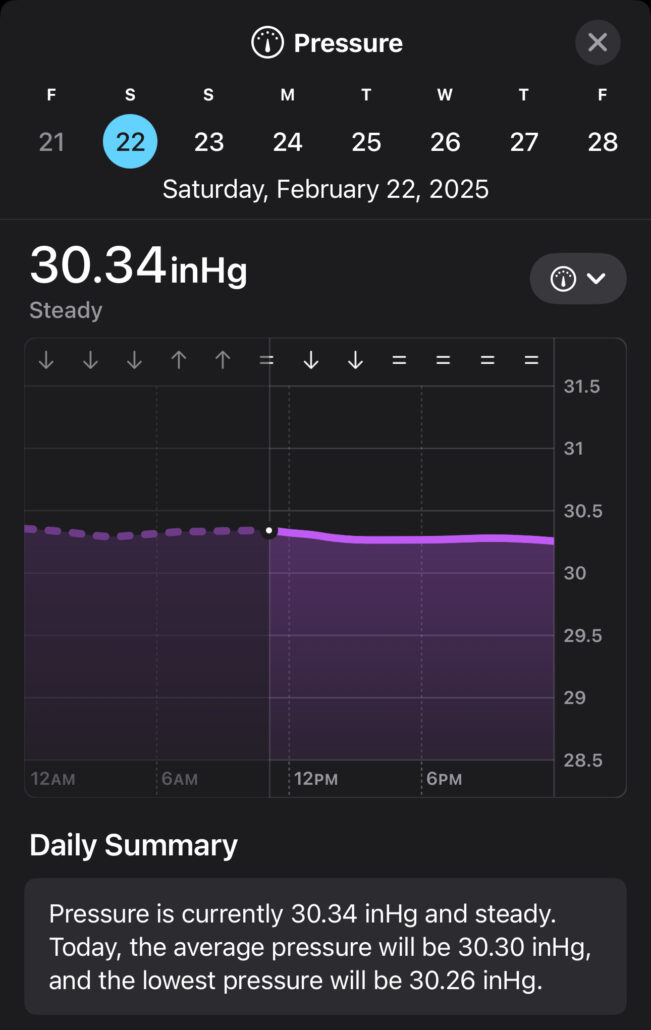
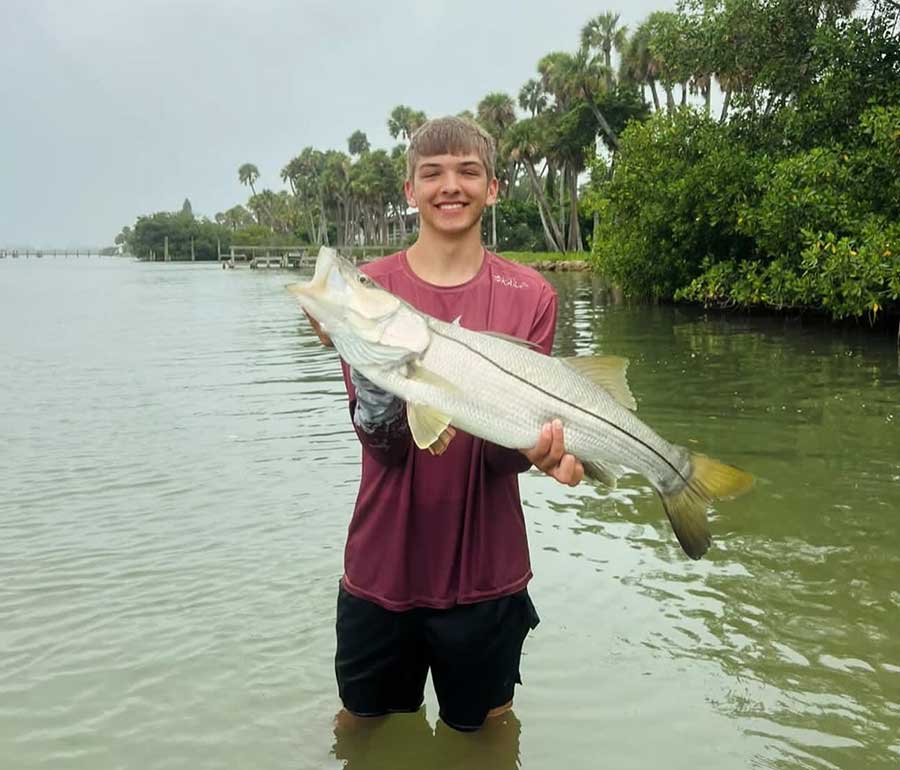
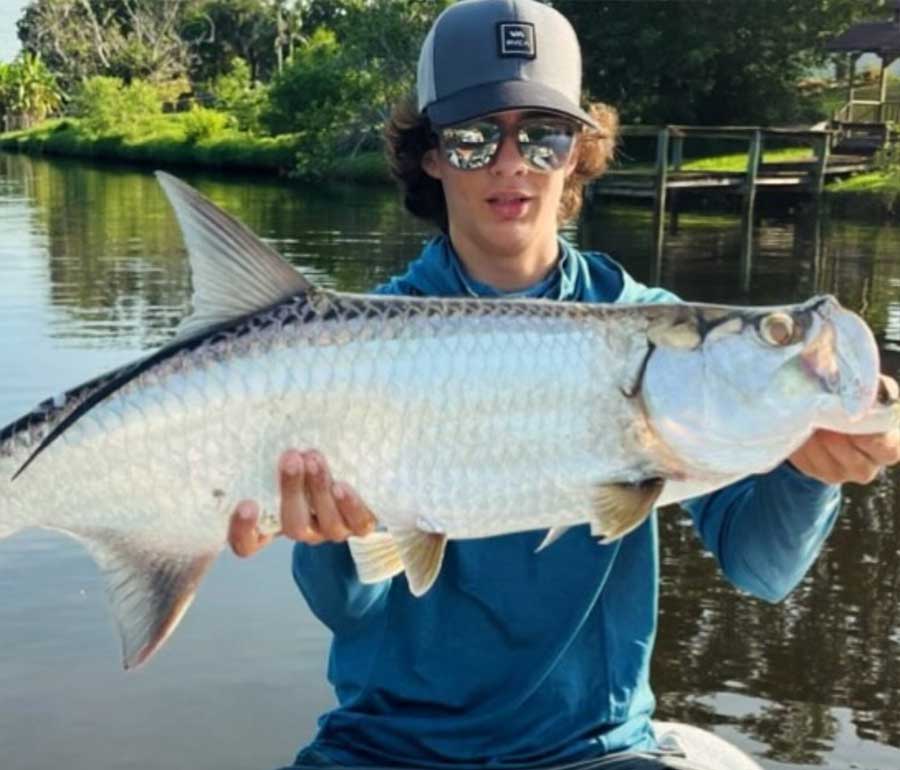
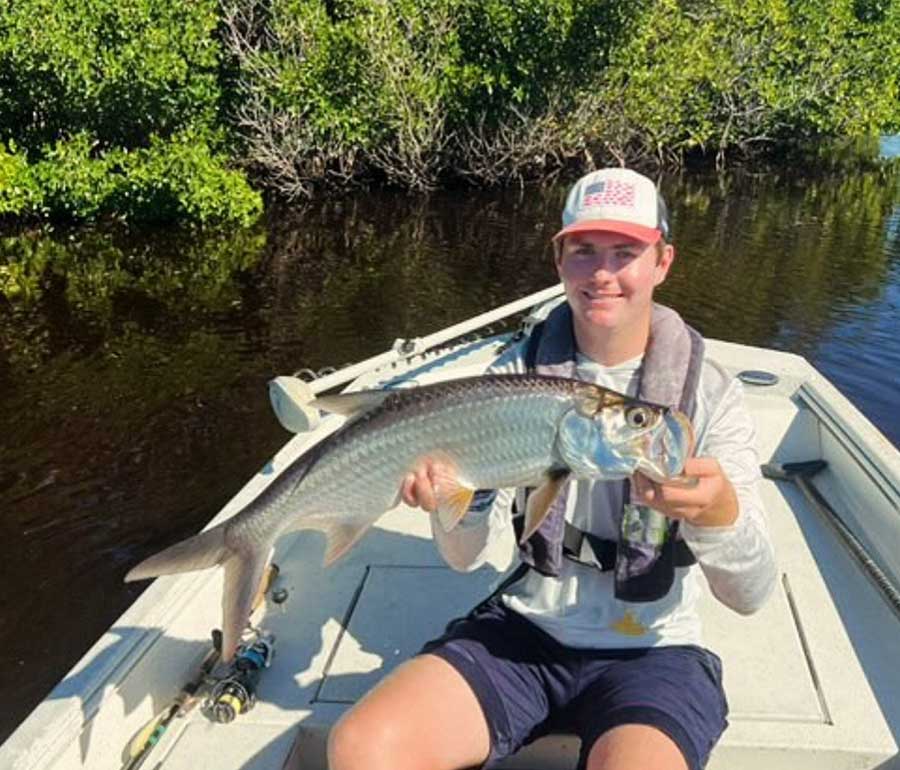
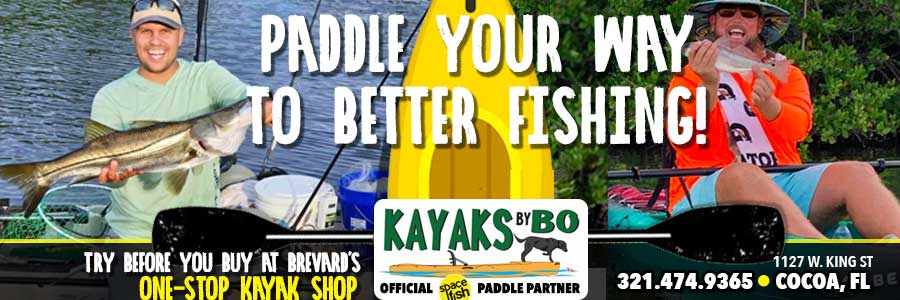

Love this, saved to study/read later. Looking forward to more of your posts.
Thank you so much! Tight Lines!